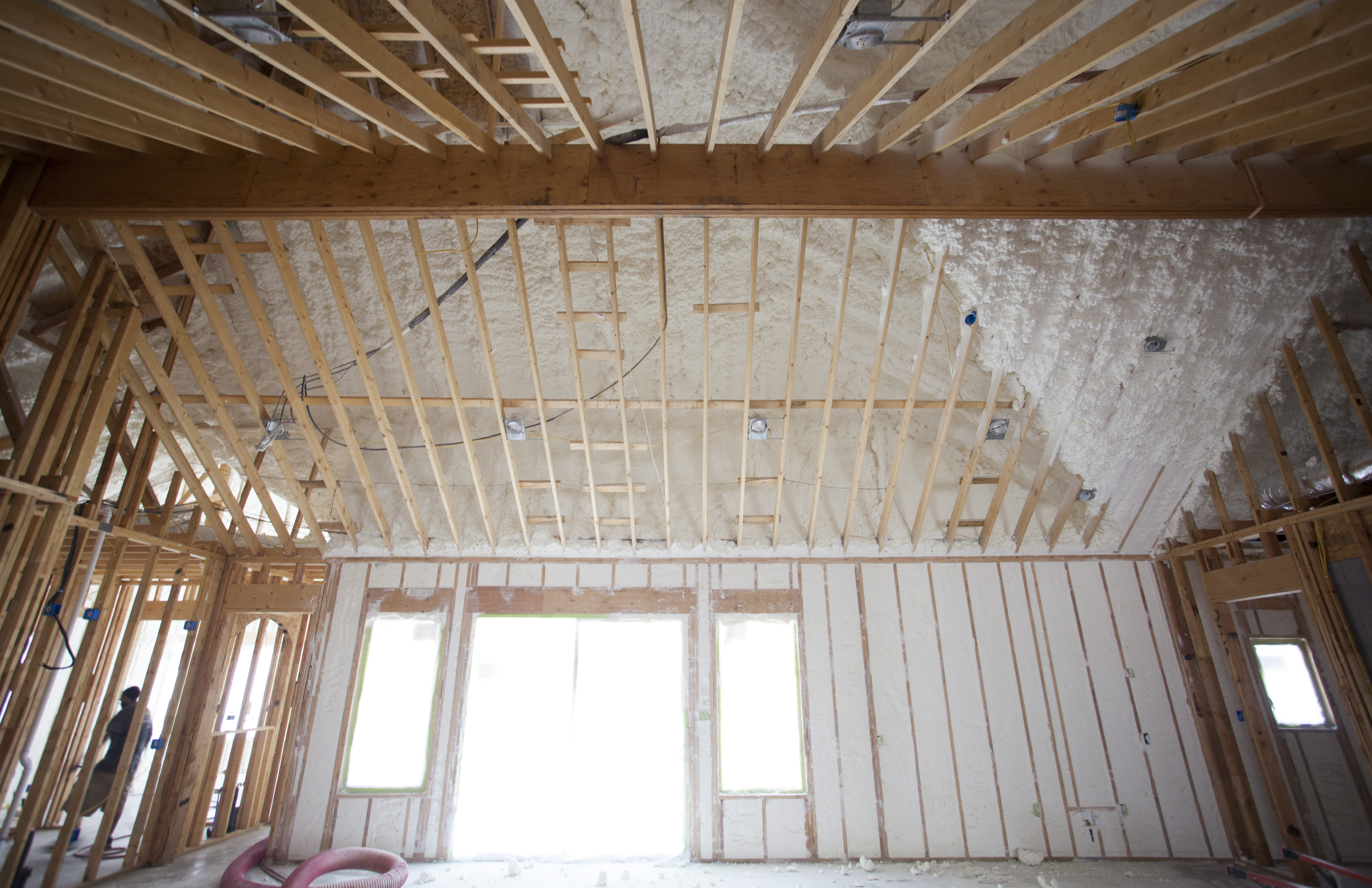Spray foam insulation as a long-term solution for residential and commercial energy efficiency. Some installers claim that spray foam can last more than two decades without degrading. That raises an important question: is this timeline accurate, or just an optimistic selling point? Understanding the real lifespan of spray foam insulation requires examining product composition, environmental factors, and installation quality. This post addresses that question directly by reviewing technical data, comparing insulation materials, and evaluating performance metrics over time.
How Long Does Spray Foam Insulation Actually Last?
Spray foam insulation is often promoted as a “permanent” solution, but no material remains entirely unchanged over time. The expected lifespan depends on the type of foam and where it’s installed.
Closed Cell vs. Open Cell Lifespan
- Closed-cell spray foam is denser and more moisture-resistant. It typically lasts 25 to 30 years, assuming proper installation.
- Open-cell spray foam is lighter and more vapor-permeable. Its expected range is 15 to 20 years. In both cases, environmental exposure and mechanical disturbance can shorten the lifespan.
Contributing Factors to Longevity
- Installation quality: Improper curing or gaps reduce durability.
- Ventilation: In poorly ventilated attics or crawlspaces, foam may trap moisture and degrade.
- Substrate condition: Foam applied to deteriorating surfaces may delaminate over time.
Manufacturer Warranty vs. Real-World Results
Warranties often promise 20–25 years. Field inspections typically show that properly installed closed-cell foam holds up beyond 20 years, while open-cell may require maintenance earlier.

Material Composition and Aging Behavior
Spray foam’s durability is linked to its chemical makeup and reaction during application. A well-executed install creates a stable, semi-rigid matrix that resists breakdown.
What Happens as Foam Ages?
- Thermal resistance (R-value) drops gradually, typically by 5–10% over 25 years.
- Cell structure compression can occur from house settling or vibrations.
- Color changes (yellowing) are cosmetic but often misinterpreted as performance loss.
Off-Gassing and Chemical Breakdown
Off-gassing mainly occurs during curing. Long-term off-gassing is minimal in quality foam. Breakdown over time comes from UV exposure (for above-ground, unprotected installs) or persistent moisture intrusion.
Where Longevity Claims Break Down
Some long-term promises ignore important performance caveats. Here’s where the “20+ years” claim can be overstated:
Misleading Install Conditions
- Spray foam in unvented roofs or walls without vapor barriers may trap moisture.
- Improper thickness can lead to cracking or inadequate sealing.
Environmental Factors That Accelerate Aging
Performance Beyond the 20-Year Mark
Well-maintained foam can remain functional long past 20 years, but its insulating effectiveness and structural integrity should be assessed regularly.

Signs That Spray Foam Is Degrading
- Loss of adhesion to framing
- Visible shrinkage or cracking
- Reduced energy efficiency without obvious air leaks
- Increased indoor humidity or condensation
Inspection Frequency and Maintenance
- Check every 5–7 years using an IR scan or blower door test.
- Pay attention to roofline and wall cavities for subtle air or moisture leaks.
Comparing Spray Foam to Other Long-Term Insulation Options
For owners evaluating insulation with a 20+ year performance horizon, it helps to compare common materials.
Most Common Misconceptions About Long-Term Insulation
“Spray Foam Lasts Forever”
No insulation is completely permanent. Mechanical shifts, humidity, and installation flaws can reduce lifespan well before 30 years.
“Once Installed, It Never Needs Checking”
Even the best foam can separate over time. Routine inspection ensures performance stays consistent.
“All Spray Foam Performs the Same”
Closed-cell and open-cell are chemically different. Longevity, moisture resistance, and application zones vary significantly.
Conclusion
Spray foam insulation can last more than 20 years, but the result depends on material type, application quality, and environmental conditions. Closed-cell foam, when properly installed and protected, delivers some of the most stable long-term performance available in residential and light commercial insulation. Open-cell foam is less durable but still effective when used in the right locations. Long-lasting insulation performance isn't just about product selection—it’s about proper application, building design, and ongoing inspection. For anyone looking to invest in spray foam with a 20+ year horizon, the best approach is to understand where claims meet the real-world conditions of your property.
FAQs
Can spray foam insulation degrade in high humidity areas? Yes. In humid regions, open-cell foam is more likely to absorb moisture. Closed-cell foam resists moisture better but still requires a proper vapor barrier to maintain performance over time.
Does spray foam insulation lose R-value as it ages? Slightly. Over 20–25 years, a minimal R-value drop (5–10%) can occur due to aging of the internal structure. The change is slow and typically doesn’t affect noticeable energy performance until much later.
Is it necessary to reinsulate after 20 years? Not necessarily. If spray foam was installed properly and remains structurally intact, it may continue to perform well past 20 years. Reinspection every 5–7 years helps determine whether any areas need repair or topping off.
How does settling affect spray foam? Spray foam is rigid and doesn't settle like loose-fill insulation. However, structural shifts in the home may create gaps between foam and framing, which can reduce insulation efficiency over time.
Are closed-cell and open-cell foams both suitable for attics? They are, but with different limitations. Closed-cell is preferred in unvented attics due to moisture resistance. Open-cell can be used in vented attics but should not be exposed to prolonged humidity without airflow control.
Reviewer: Maria Lopez offered detailed feedback after reviewing this post. Her 10 years of experience in spray foam work helped guide the tone and suggestions toward realistic strategies.






Comments